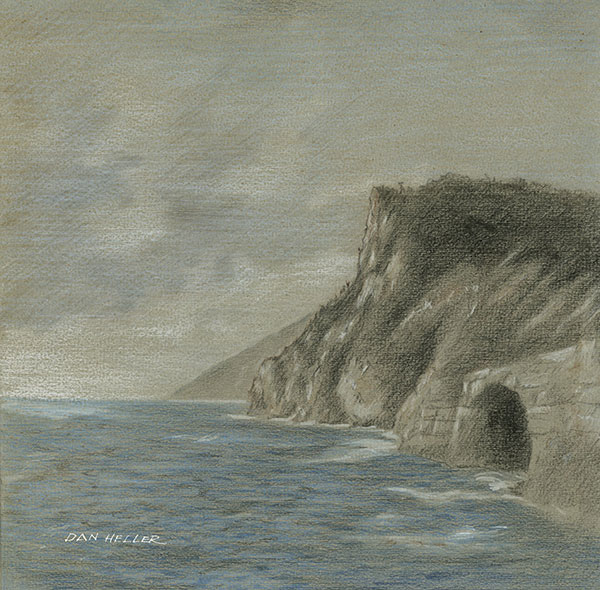Byron’s cave
Byron’s Cave – The so-called “Byron’s Grotto” was named after Lord Byron (1788–1824), an English poet and diplomat. It is located in the magnificent Porto Venere, a small medieval maritime town and port located on the Ligurian coast of Italy in the province of La Spezia. The town is a UNESCO World Heritage Site since 1997.
Byron’s cave, named after the English poet George Gordon Byron, a place that drew inspiration and meditation for his literary works, is located at the spur of rock below the church of St. Peter and the old defensive position, the marine cave has a minimum depth of five meters and a maximum of twenty along the side according to Wikipedia.
The cave is part of the famous “Sea of Caves”, and is one of the most symbolic places in the “Gulf of Poets”. The landscape of the sea and coast was of great inspiration to the poets and drew many creatives to the area. The famed grotto is located within a white cliff that surges from the sea. Through a narrow opening located in the square in front of Saint Peter’s church, it is possible to access the cave and to admire its beauty.
Other natural sea caves include the Azzurra or Blue Cave (semi-submerged) and Tinetto; the cavity of the Doves and the wall of Tino, the shoal of Dante and Small and Big creeks (Wikipedia).
In addition to the famous cave, Porto Venere has additional points of interest. One such item is the Doria Castle which has an interesting architecture. The castle hosts art exhibits such as the art exhibition by Norwegian artist Dora Bendixen which took place in September 2015 (Link).
The featured drawing of Byron’s cave attached to this post is a pencil chalk and ink drawing on paper.
Suggested reading
“She walks in Beauty” – The Poetry Foundation






